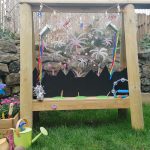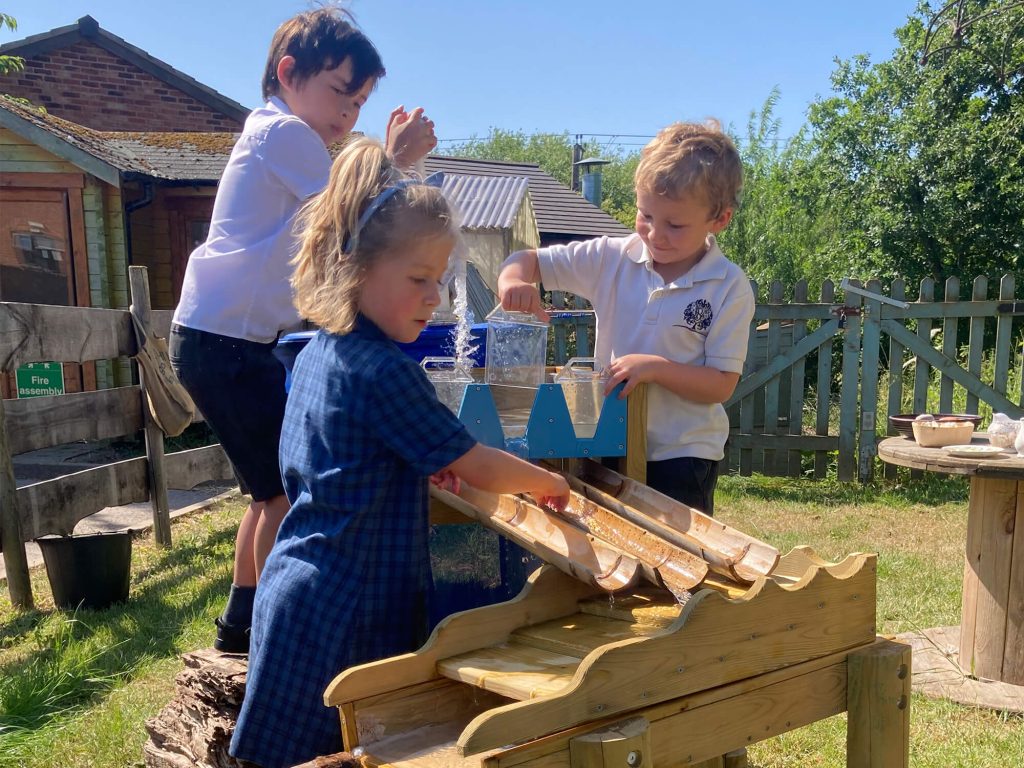
In the fast-paced digital world of today, it is crucial to allow children the freedom to play outside, as it can greatly support their development. Outdoor play can promote engagement, problem-solving, communication, teamwork, resilience, and deep-level learning for your little ones.
“I would say get out with nature, be part of it and the children will learn so much more.” – Mrs Emma Bowden, Head of Outdoor Learning, Burton Hathow Preparatory School
Burton Hathow School, a preparatory school in Lincolnshire with its own woodland and wildlife area, is a strong advocate of outdoor learning and recognises its significance for children’s development. By partnering with us, they aim to inspire parents to embrace outdoor play and develop little ones’ curiosity for nature. We recently caught up with Burton Hathow’s Head of Outdoor Learning, Emma Bowden, to delve deeper into the power of outdoor play. Here’s what we found out…
The Power of Outdoor Play
According to Emma, outdoor learning provides a unique opportunity for children to thrive and showcase their natural leadership skills. Children who may struggle with sitting still in a traditional classroom environment often come into their own outdoors. The connections made outdoors reinforce the learning inside, creating a holistic experience for children. Emma explains that “everything inside can be done outside,” highlighting the seamless integration of indoor play benefits in an outdoor setting.
Continue reading to discover the five wholesome benefits of outdoor exploration and play for your child and bonus tips to make outdoor play at home even more exciting for your little nature enthusiasts.
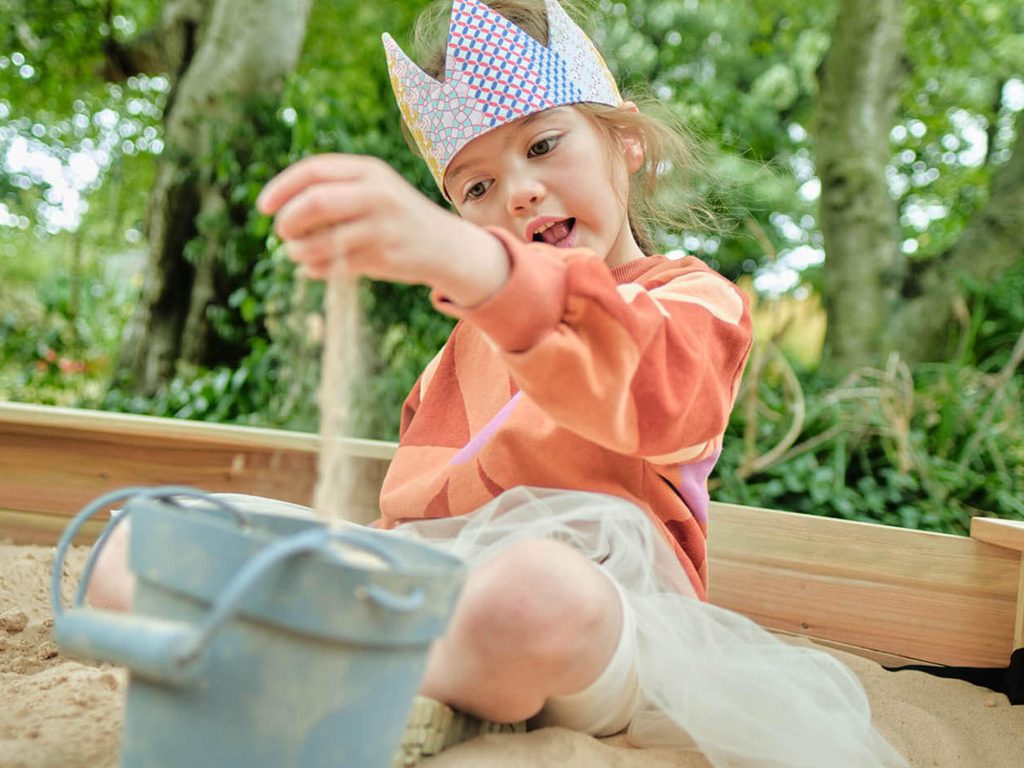
1) Building Resilience and Enhancing Teamwork
Outdoor play has many benefits, including developing resilience and teamwork skills in children. When children take risks and adapt to changing outdoor environments, they learn essential life skills such as memory, focus, and confidence. Working together in activities like building a den with friends can also teach valuable lessons.
For example, Emma observed her pupils building a den in their school’s outdoor woodland area. The children were in small groups, and interacting with the outdoors excited them to try out ideas and create their den with friends. This provided a natural opportunity for them to practice communication skills and work collaboratively. Despite facing challenges during den-building, the children remained determined to keep working together to construct the den, showing their resilience.

2) Children Can Take Charge
To get your kids excited about nature and the world around them, it’s best to let your little ones be their own boss and encourage independent exploration during outdoor playtime.
Emma suggests that by giving children ownership and autonomy, they become more engaged and motivated to explore and discover. Embracing the messiness and allowing children to immerse themselves in sensory play further enhances their learning experience.
Mud kitchens and garden toys can be incorporated to spark imagination and creativity, turning simple items into endless possibilities. Emma wisely advises that knowing your children and their interests and allowing them to take the lead, will result in the most engaging and powerful play experience.
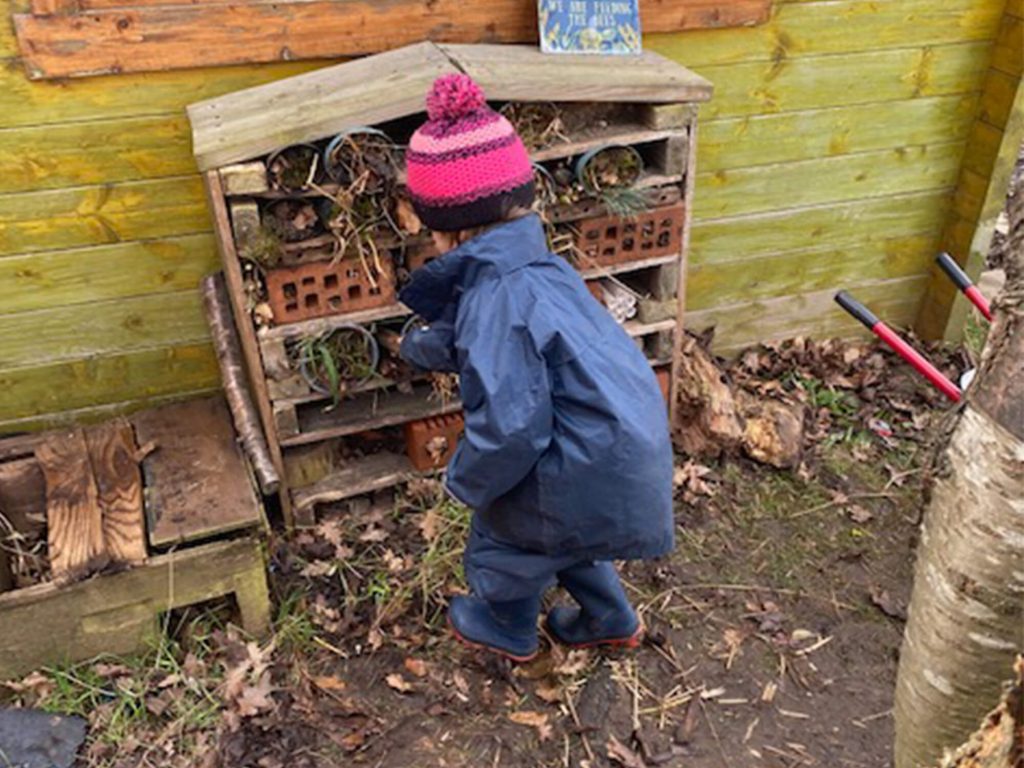
3) Safety and Manageable Risks
Encouraging children to engage in safe, active play that allows children to be themselves while also exposing them to manageable risks in a safe environment helps them develop important risk assessment skills and learn to make informed decisions.
As parents, you play a critical role in establishing boundaries and ensuring a secure yet fulfilling outdoor play experience. Easy ways to do this are setting simple rules when out in nature, like holding your hand when walking by water.
When you’re in the garden at home always supervise play but let children figure things out for themselves, for example, as they learn to grab the handgrips on the rock wall and climb all the way to the top of the climbing frame or wait to catch them at the bottom of the slide if needed, but empower them to have the courage to swoop down the slide independently when they’re ready.
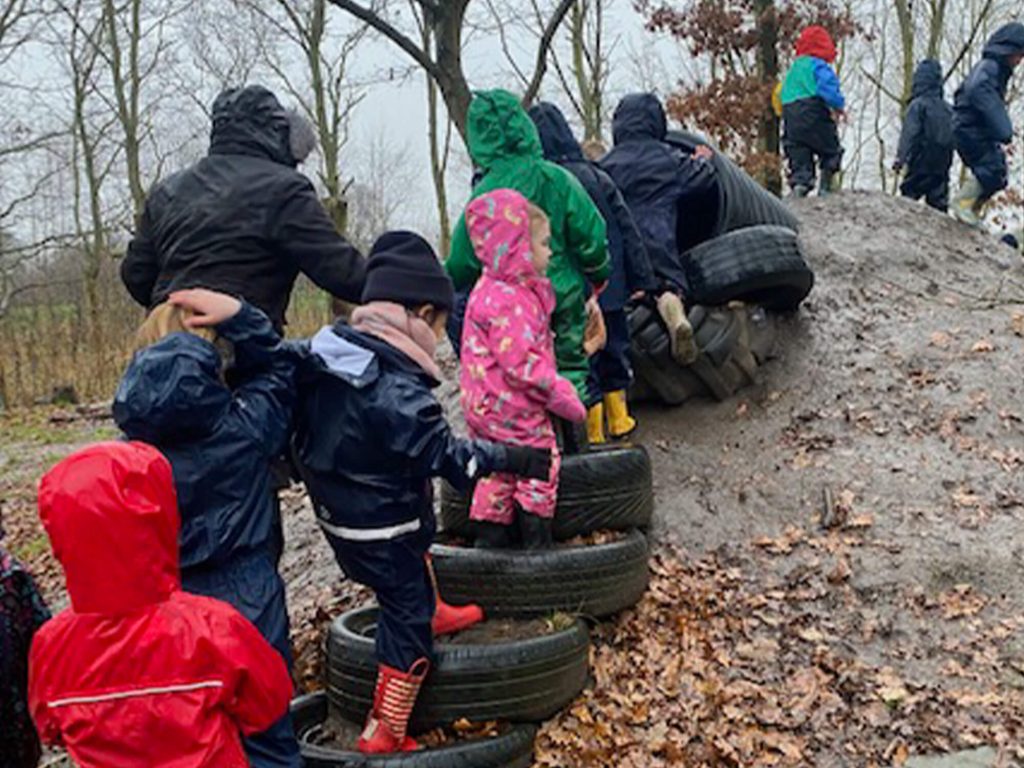
4) Nature Exploration and Environmental Awareness
Emma suggests regular walks and nature observation to ignite children’s curiosity and imagination. Whether it’s litter picking, bird spotting, or advocating for environmental issues, active engagement with nature instils a sense of responsibility and fosters a deeper understanding of the world around us. Emma encourages parents to immerse themselves and their children in nature, stating, “I would say get out with nature, be part of it. And the children will learn so much more.”
Making a stick star craft using twigs and flowers from the outdoors is a creative nature-inspired activity that can encourage children to explore their environment through imaginative outdoor play.
You will need the following:
Twigs
Flowers
String
Scissors
- Gather materials! Collect twigs of similar size and length outdoors, along with fallen flowers or leaves for crafting.
- Find a comfy spot outdoors for your child to work on their stick star, like a grassy area or picnic table.
- Help your little one has arranged their five twigs in a star shape by connecting their ends at a central point.
- Secure the arranged twigs by tying their ends together using string or twine, creating a sturdy structure.
- Add an extra pop of nature! Children can weave the collected flowers or leaves through the twigs. The colourful and fragrant additions will add a floral finishing touch to their star.

5) The Importance of Personalisation
Emma emphasises the significance of tailoring outdoor play activities to children’s interests. Parents can ensure an engaging and personalised learning experience by finding aspects of play that excite children to get outdoors.
For example, if your child loves water play, combining your little ones’ love of pouring, splashing, and feeling the water with an exploration of nature is a great way to personalise their outdoor play.
Why not take a nature walk together and collect natural materials like leaves, twigs, or rocks? Then, introduce these materials into your next outdoor water play session at home. Encourage your little one to observe how the objects float or sink, discuss their characteristics, and encourage your child to make predictions about what will happen when different things are added to the water.
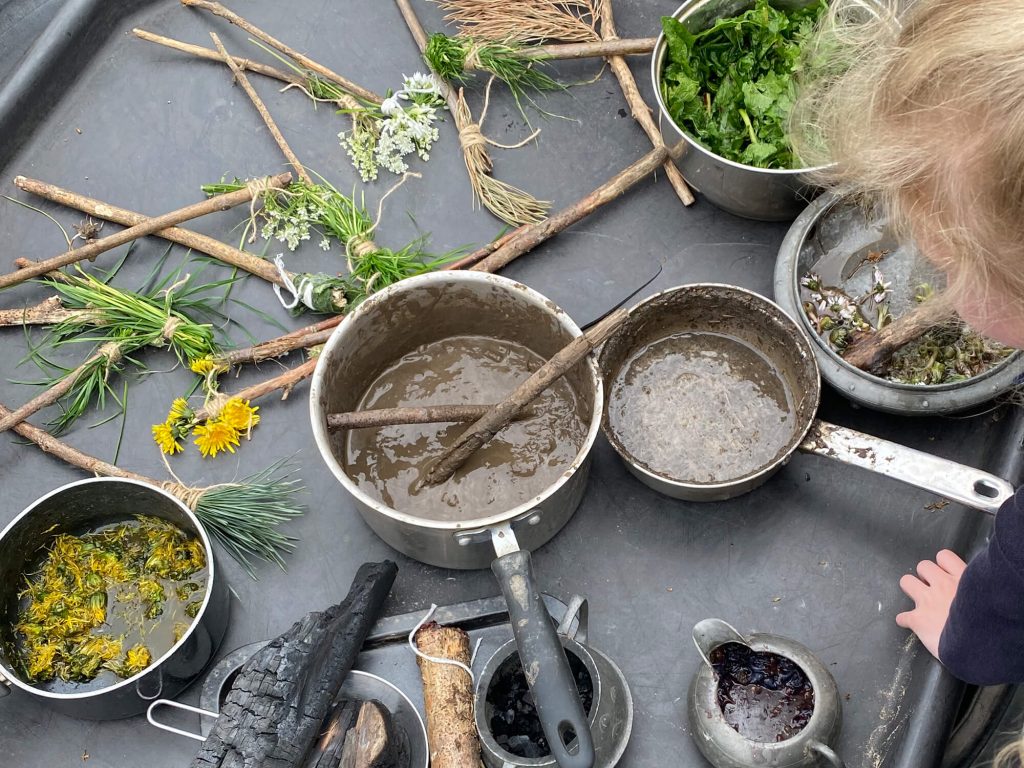
Emma advises parents to make outdoor learning physical and memorable, stating, “It’s about just sparking that imagination and having something for them to actually tangible to learn from.”
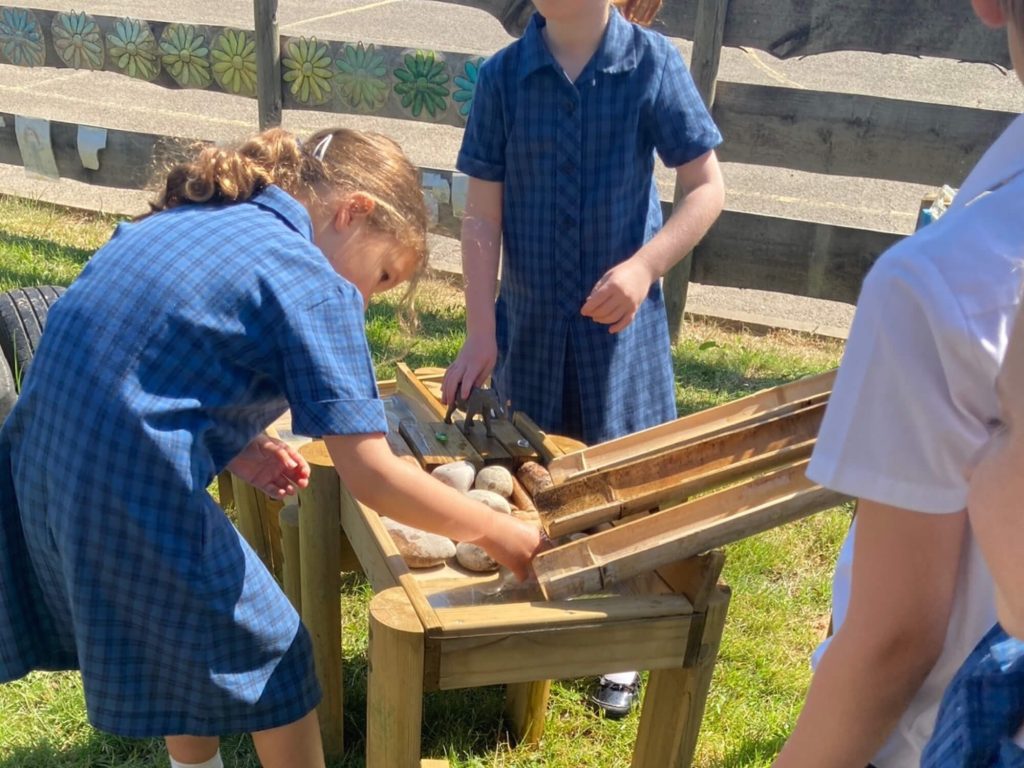
It’s great to see that outdoor play offers numerous benefits for children, from enhancing communication and teamwork to fostering creativity, imagination, and resilience. Emma encourages us to explore the benefits of nature’s playground as a valuable tool for children’s development.
Keep an eye out for our next blog post on outdoor play with Burton Hathow. We’ll be discussing some creative ideas on how you can set up an outdoor play area at home that will encourage your child to learn, explore and have fun. So, stay tuned!

